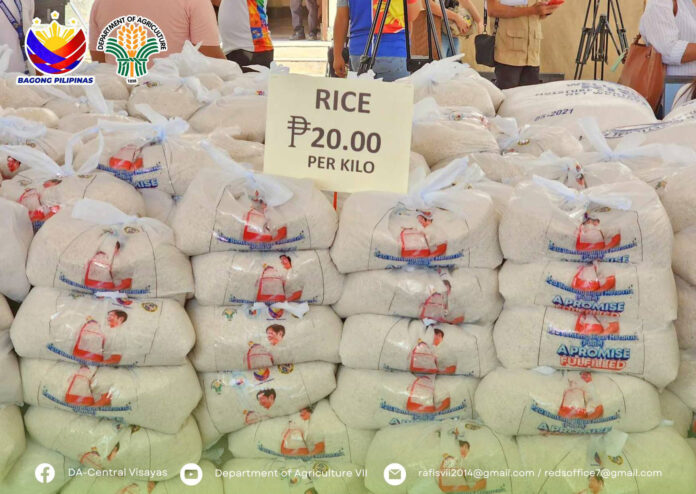The Department of Agriculture (DA) on Saturday said the majority of the 120,000 minimum wage earners set to benefit from the government’s P20-per-kilogram rice program are based in the Bicol Region.
In a radio interview, DA spokesperson Assistant Secretary Arnel de Mesa said the beneficiaries were identified through a list provided by the Department of Labor and Employment (DOLE).
“We have already coordinated with our Agribusiness and Marketing Assistance Division (AMAS), and they said a list has already been provided. There were 120,000 in the list, most of whom are minimum wage earners in the Bicol area,” De Mesa said.
The DA and DOLE had earlier agreed in principle to include minimum wage earners in the pilot run of the subsidized rice initiative. The program, part of the Kadiwa ng Pangulo campaign, enables members of vulnerable sectors to purchase rice from the National Food Authority (NFA) at a subsidized price of P20 per kilogram.
Beneficiaries include indigent families, senior citizens, persons with disabilities, solo parents, and now, minimum wage earners. Food Terminal Inc. and DA regional offices are tasked with rice distribution.
De Mesa said the DA relies on the DOLE’s list due to the agency’s jurisdiction over labor matters, but added the Agriculture Department is open to including informal workers, such as those in seasonal or unregistered employment, particularly in the micro, small, and medium enterprise (MSME) sector.
“These workers can also be among the next beneficiaries, in coordination with local governments if they are not registered under the Department of Labor system,” he said.
As for the next rollout phase, De Mesa said areas with high poverty incidence will be prioritized. These include parts of Mindanao such as Zamboanga del Norte and the Bangsamoro Autonomous Region in Muslim Mindanao (BARMM).
“In our next phases under Phase 2, the government is prioritizing areas where poverty incidence is high. Like in Zamboanga del Norte, where the number is almost 38%—meaning 4 of 10 people in that area are poor. And then in Basilan, actually all of BARMM, there are really many poor there. That is the next priority,” De Mesa explained.
The DA aims to sustain the program until the end of President Ferdinand Marcos Jr.’s term in June 2028, targeting to serve up to 15 million households—or roughly 60 million Filipinos.
President Marcos recently expressed confidence that the program will continue successfully. “We’ll talk in May of 2028,” he said, “if the intended results were indeed achieved.”









